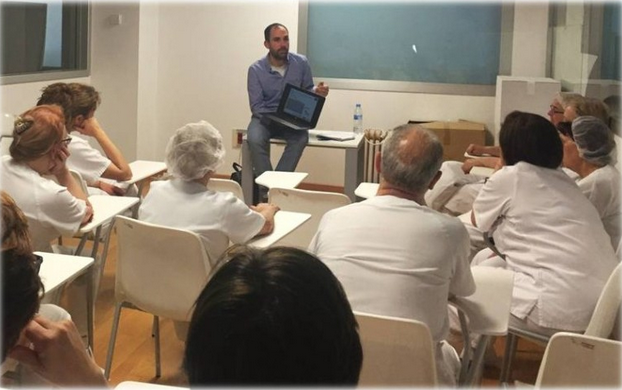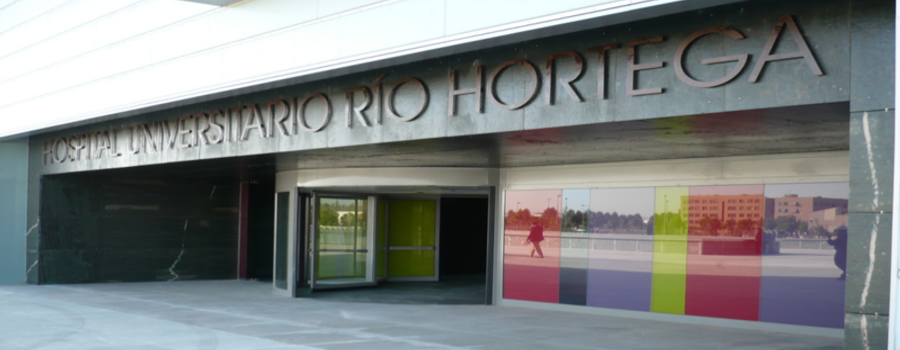The SMART term has become part of our life. Thus, if we introduce it in Google about 1.8 million entries appear, which gives us an idea of how widespread it is. Now, not only phones are smart, we also find this term applied to watches, televisions, homes, cars or cities.
It is an emerging concept and its meaning is subject to constant revision. For example, for new products that are released to the market, the word Smart is related to advanced technologies. So it is now possible to answer calls or check whatsapp in a smartwatch. However, in more global areas such as cities, the term “Smart City” is closely linked to sustainability. As Miguel Ángel García Fuentes comments in his recent blog, a smart city is sustainable and efficient in its ecosystem. CARTIF is promoting these processes of urban regeneration in 16 cities, through our R2CITIES, CITyFiED, REMOURBAN and mySMARTLife projects, which include interventions in the fields of energy, mobility or Information and Communication Technologies.
Hospitals are like small towns. As an example, a medium-sized health center such as the Hospital Universitario Río Hortega in Valladolid receives more than 250,000 consultations per year or 25,000 admissions. Hospitals are also large consumers of natural resources (water and energy) and large generators of waste. As illustrative data, a medium-sized hospital consumes per year as much electricity as the city of Soria, generates around 9.000 tons of CO2, the equivalent of 7.000 cars and if we talk about waste, the figures increase to 3 million kg per year. In this way, the health sector contributes significantly to climate change (another term we are increasingly familiar with).
During the last 2 years, CARTIF has been deploying this Smart concept in the healthcare sector through the SMART Hospital project, funded by the European Commission’s LIFE call. The document “Healthy Hospitals Healthy Planet Healthy People. Addressing climate change in health care settings” identifies the 7 key elements of a sustainable hospital: energy efficiency, green building design, alternative energy generation, transportation, food, waste and water. Among these elements, LIFE Smart Hospital project has selected Energy Efficiency, Water and Waste. Thus, the demonstrative experience that is being carried out at the Hospital Universitario Río Hortega includes the application of best practices and available technologies and customized training in each of these three axes.

In the energy axis the actions that we have already implemented include the optimization of boilers, air conditioning and ventilation of the operating rooms, or improvements in lighting. In the water axis, we have identified the streams that were being discharged to the public sewage system without being sufficiently contaminated and different measures for their reuse were proposed. In this way, reject from the water plant of the hemodialysis unit has been taken to hospital cisterns. In addition, the outlet water from the evaporative panels has been recirculated to the toilet flushing network. Just as in the two previous axes, the concept “Smart” has meant optimizing engines, valves or pumps, in the case of waste, the concept involves people. Thus, training has been given to the 2,500 hospital workers for the proper classification, segregation and collection of waste.
Throughout the current year, we will quantify the effectiveness of measures implemented, not only in terms of saved kWh, liters of water, kg of waste or euros, but also in the form of environmental indicators such as carbon footprint or water footprint. In addition, we will publish a “Manual on sustainability in hospitals” that includes all these actions and favors the replication of the Smart Hospital project to other hospitals, at national and international level.
It is a very promising initiative and is attracting a great interest among the different stakeholders involved. Thus in October 2015, the project received the second prize of the OMARS awards, as the second best action in environmental sustainability in Spanish hospitals.
From CARTIF we encourage other hospitals and large areas (airports, supermarkets, shopping centers, thematic parks, etc.) to apply this “Smart” concept, making a smart use of its resources and thus achieve technical, economic and environmental improvements for a more sustainable future.
- Leave no one behind - 12 January 2024
- Why Central Asia has become a hotspot for Europe? - 8 July 2022
- What if urban water networks could become a resource of renewable energy? - 21 June 2021
